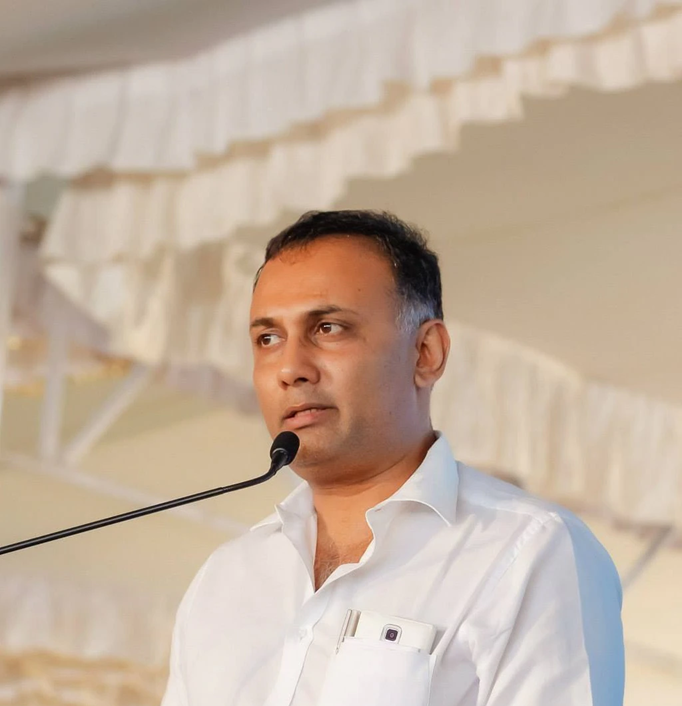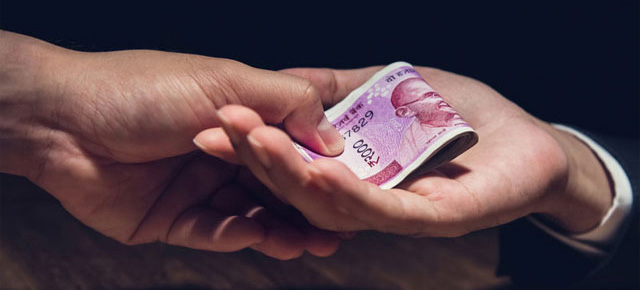
Smartphone pinky: Youth face health issues from excessive phone use
Bengaluru, NT Bureau: While the negative impacts of smartphones - such as eye strain, neck pain, headaches, and addiction— are well-documented, a recent phenomenon dubbed "smartphone pinky" is sweeping through Bengaluru, affecting tens of thousands of people, particularly youngsters.
This condition is characterised by a small dent in the middle of the little finger, where the smartphone usually rests.
As many people use their smartphones with one hand, resting the entire device on their little finger and operating it with their thumb, this issue has become increasingly common among Bengaluru's youth.
The rise of smartphone pinky
Many users might not even notice the dent in their finger, but health experts warn that it can lead to multiple issues in the long run.
Although not a medically recognised condition, "smartphone pinky" is a descriptive term for a deformity in the little finger.
Medical experts note that a significant number of people exhibit this condition, making it one of the most prevalent issues among young people in Bengaluru.
Dr Kumardev Arvind Rajamanya, Head of the Department and Lead Consultant in Orthopaedics at Aster Whitefield Hospital, Bengaluru, acknowledges the indispensability of smartphones in today's world.
However, he stresses that small lifestyle changes and adjustments in smartphone usage can prevent long-term damage.
"This is nothing but an issue that occurs when there is too much pressure on the joints, which can lead to long-term pain and issues," he explains.
Potential health risks
Dr Kumardev Arvind Rajamanya highlights that smartphone pinky can lead to severe conditions like carpal tunnel syndrome, tendinitis, and trigger finger.
"The only way to resolve this is to alter the duration of smartphone use and the position in which we hold the phone," he advises.
He notes that older adults, who typically use both hands to hold their phones, do not suffer from this particular condition, unlike the younger generation who often balance their phones on their little fingers.
Preventive measures
For those whose professions require prolonged phone usage, Dr Rajamanya suggests holding the phone in a proper position, taking frequent breaks, and, if possible, switching to a laptop or PC.
However, he cautions that improper laptop use can also lead to health issues. Emphasising the ubiquity of these problems among working youth, Dr Rajamanya mentions that he treats at least two cases of carpal tunnel syndrome, tendinitis, or trigger finger daily.
He warns against relying on painkillers for temporary relief, urging individuals to adjust their device usage duration and position and to consult a doctor if pain persists. He also warned that if the issue persists and no measure is taken, it can lead to the need for surgery.
Early diagnosis and treatment
Dr Balaji B S, Consultant in Neurology and Epileptology at Aster Whitefield Hospital, Bengaluru, asserts that smartphone pinky does not cause permanent deformity and can be resolved with early intervention.
"People tend to continue using their phone in the same position despite experiencing pain, which needs to change. The position in which we use any device is extremely important," he emphasises.
The role of social media and underlying conditions
Apart from professional use, youngsters often spend prolonged periods scrolling through social media, exacerbating the problem. Those with underlying conditions, such as arthritis, are particularly susceptible to developing smartphone pinky.
Preventative measures include avoiding excessive smartphone use and not balancing the device on the little finger. While there are no specific treatments for smartphone pinky, Dr Balaji suggests using pop sockets to reduce pressure on the little finger
 English daily published in Bengaluru & Doha
English daily published in Bengaluru & Doha






